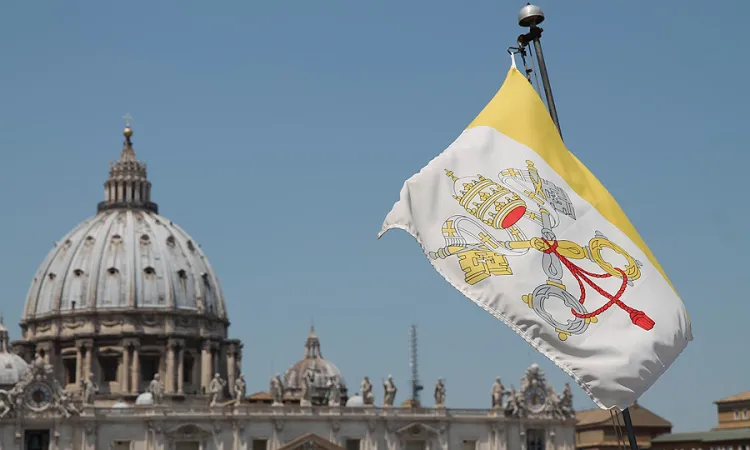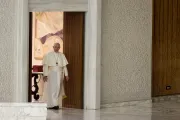Except for Cardinals DiNardo and Napier, all the other initial members are retired. Cardinal John Tong Hon is currently administering the diocese of Hong Kong, but this is just because of the death of his successor and the delay (or prudence) in choosing a successor.
With two noteworthy exceptions, then, the original cardinal-members of the Council were all retired or about to retire.
The return of Cardinal Scherer is therefore food for thought. Has Pope Francis called him back to Rome because of his experience in these matters? If so, why did the Pope reverse his judgment?
Another impressive comeback is that of Cardinal Petr Erdö. Cardinal Erdö is a skilled canon lawyer that Pope Francis chose as the general relator of the two Synods on family. The Cardinal has always taken traditional positions, and it seemed evident that most of the debates that arose during the Synods were beyond his will or imagination.
More in A Vatican Observer
His comeback to Rome might show Pope Francis' particular appreciation for his work. Cardinal Erdö has always worked quietly and diligently. He is currently organizing the World Eucharistic Congress in Budapest, postponed to September 2021 due to the coronavirus crisis.
Along with two Cardinals of the "Old Guard," Pope Francis brought into the Council Cardinal Anders Arborelius, who is a sort of outsider in these matters. The Pope also appointed Cardinal Joseph Tobin a member, and this is a sign of the Pope's appreciation for the current Archbishop of Newark.
The composition seems to be a balance between old and new that should help the Commission navigate a difficult economic scenario.
This is typical of Pope Francis: he combines old and new to have a balance of powers, and likely not to be targeted by any faction. Each of the members is a guarantee for some ideological positions.
The composition of the lay-members is also more interesting. None of the new members has been involved in the past with the significant reform of the Vatican economy.
The former lay members were Joseph F.X. Zahra; Jean-Baptiste de Franssu; John Kule, Enrique Llano Cueto; Jochen Messemer; Francesco Vermiglio; and George Yeo.
Five out of seven (Zahra, de Franssu, Llano Cueto, Messemer, Yeo) were also members of the Pontifical Commission of Reference for the Organization of the Holy See Economic-administrative structure, the COSEA.
(Column continues below)
Subscribe to our daily newsletter
With the new appointments, then, Pope Francis finally shut down the experience of that first Commission. The only survivor is now de Franssu, currently president of the IOR Council for the Superintendency, though he has been on the position for more than five years.
The Commission made a series of proposals for curial reform, hired expensive external consultants, and also proposed the establishment of the Council of Cardinals.
However, the COSEA was also at the center of a scandal when two of its members (the secretary, Msgr. Lucio Vallejo Balda, and Francesca Immacolata Chaouqui) were tried in the Vatican for stealing and leaking confidential documents, the so-called Vatileaks 2 trial.
Beyond that, Vatican News and other outlets emphasized that six out of seven new lay members are women. It is worth recalling that the former composition of the lay members of the Council for the Economy was criticized because it included no women.
However, the new members' CVs are brilliant and should dismiss any chatter about any kind of marketing choice by Pope Francis.
Two of the new members are German: Charlotte Kreuter-Kirchhof is the president of Hidegaris, a movement of Catholic women in Germany that supports women students with difficulties; Marija Kolak is currently president of the Bundesverbandes der Deutschen Volksbanken und Raiffisenbanken.



